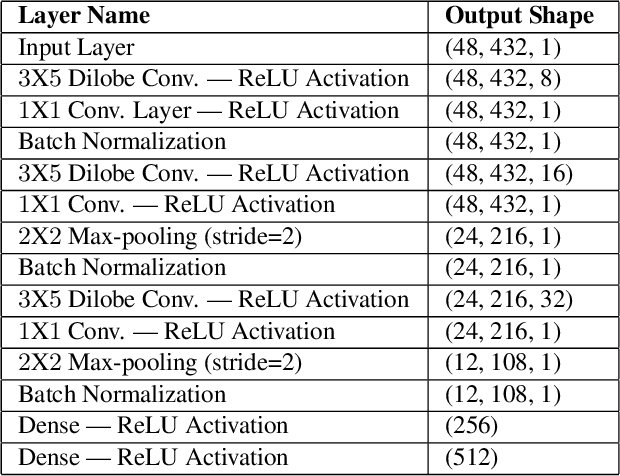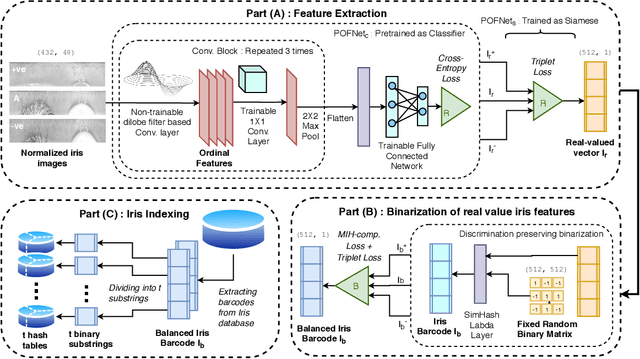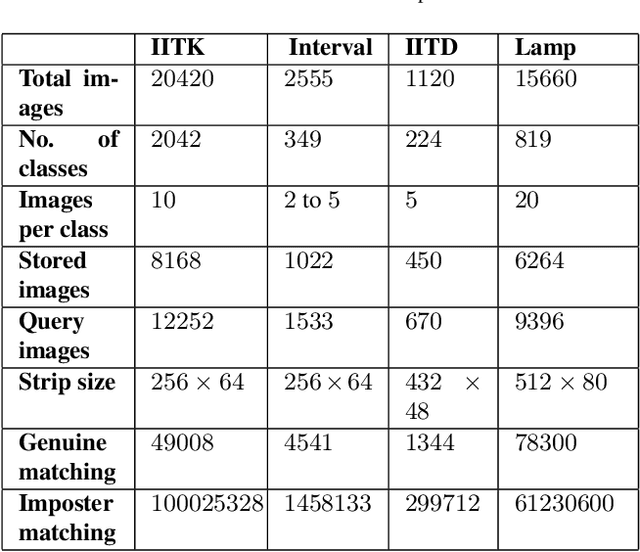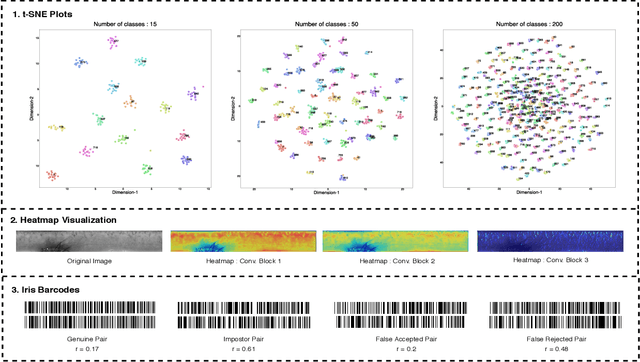Chirag Vashist
Rejection Sampling IMLE: Designing Priors for Better Few-Shot Image Synthesis
Sep 26, 2024Abstract:An emerging area of research aims to learn deep generative models with limited training data. Prior generative models like GANs and diffusion models require a lot of data to perform well, and their performance degrades when they are trained on only a small amount of data. A recent technique called Implicit Maximum Likelihood Estimation (IMLE) has been adapted to the few-shot setting, achieving state-of-the-art performance. However, current IMLE-based approaches encounter challenges due to inadequate correspondence between the latent codes selected for training and those drawn during inference. This results in suboptimal test-time performance. We theoretically show a way to address this issue and propose RS-IMLE, a novel approach that changes the prior distribution used for training. This leads to substantially higher quality image generation compared to existing GAN and IMLE-based methods, as validated by comprehensive experiments conducted on nine few-shot image datasets.
IHashNet: Iris Hashing Network based on efficient multi-index hashing
Dec 07, 2020



Abstract:Massive biometric deployments are pervasive in today's world. But despite the high accuracy of biometric systems, their computational efficiency degrades drastically with an increase in the database size. Thus, it is essential to index them. An ideal indexing scheme needs to generate codes that preserve the intra-subject similarity as well as inter-subject dissimilarity. Here, in this paper, we propose an iris indexing scheme using real-valued deep iris features binarized to iris bar codes (IBC) compatible with the indexing structure. Firstly, for extracting robust iris features, we have designed a network utilizing the domain knowledge of ordinal filtering and learning their nonlinear combinations. Later these real-valued features are binarized. Finally, for indexing the iris dataset, we have proposed a loss that can transform the binary feature into an improved feature compatible with the Multi-Index Hashing scheme. This loss function ensures the hamming distance equally distributed among all the contiguous disjoint sub-strings. To the best of our knowledge, this is the first work in the iris indexing domain that presents an end-to-end iris indexing structure. Experimental results on four datasets are presented to depict the efficacy of the proposed approach.
 Add to Chrome
Add to Chrome Add to Firefox
Add to Firefox Add to Edge
Add to Edge